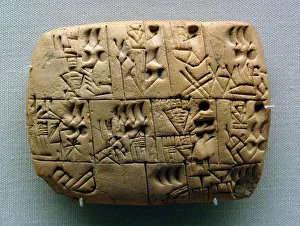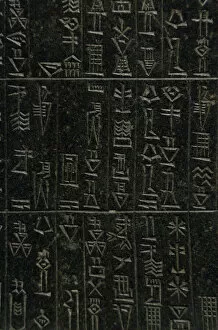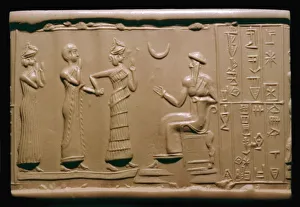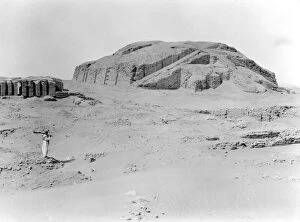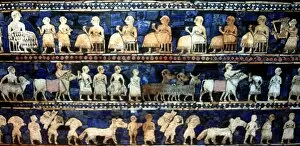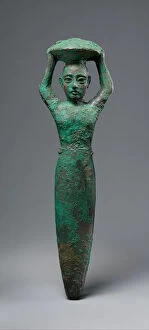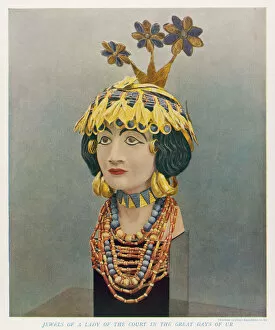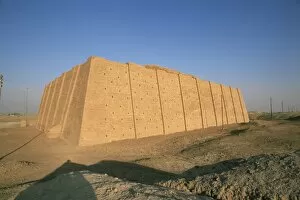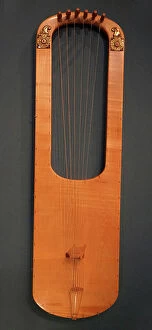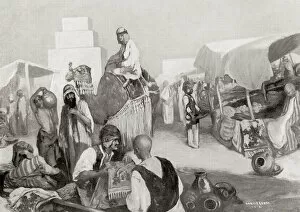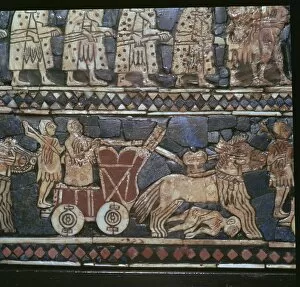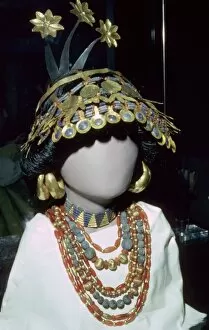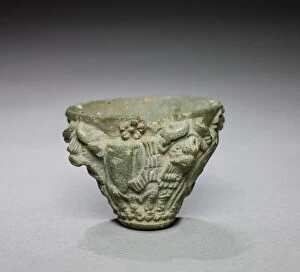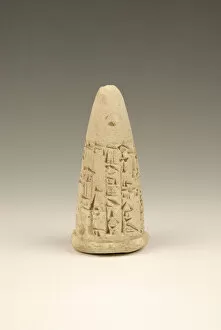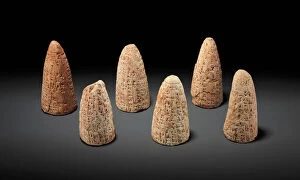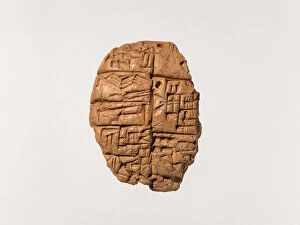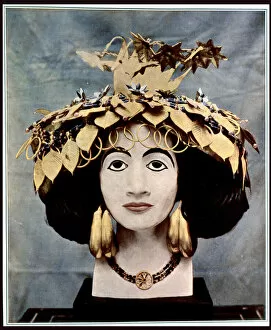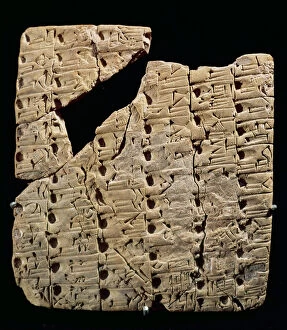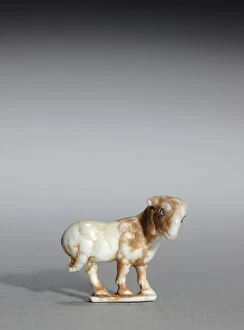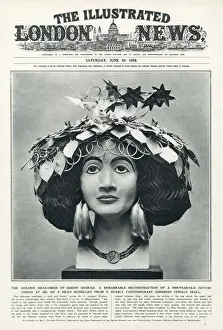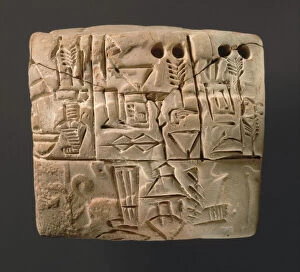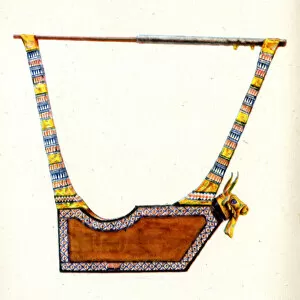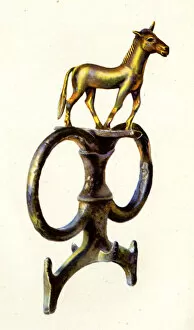Sumerian Collection
The Sumerians, an ancient civilization that thrived in Mesopotamia, left behind a rich legacy of art and artifacts
All Professionally Made to Order for Quick Shipping
The Sumerians, an ancient civilization that thrived in Mesopotamia, left behind a rich legacy of art and artifacts. From the epic tale of Gilgamesh to the intricate Layard Relief, their artistic prowess is evident. The towering Ziggurat in a Sumerian city dating back to 4500-400 BC stands as a testament to their architectural brilliance. Inscribed clay tablets adorned with pictographs provide glimpses into their written language and culture. These precious relics from Iraq's Late Prehistoric era offer valuable insights into the lives of these early inhabitants. The Neo-Sumerian statue of Gudea found in Girsu, Iraq showcases the mastery of sculpture during 2120 BC. Carved with cuneiform script, it serves as a reminder of their advanced writing system. A fascinating glimpse into Sumerian governance can be seen through a cylinder-seal impression depicting the introduction of a governor to the king. This small yet significant artifact sheds light on their political structure and hierarchy. The ruins of Ur's Third Sumerian Dynasty ziggurat in Iraq stand as silent witnesses to centuries gone by. Built around 2100 BC, they reflect the grandeur and religious significance attached to these monumental structures. Amongst these remnants lies an intriguing copper figure - King Shulgi carrying a basket - symbolizing his role as provider for his people during 2094-2047 BC. An Akkadian inscription on a baked clay brick-stamp reveals linguistic influences within this region during ancient times. It highlights cultural exchange and intermingling between neighboring civilizations. One cannot help but marvel at the intricacy and beauty displayed on "The Peace Frieze" from Ur's Standard artifact excavated from royal tombs. This stunning piece depicts scenes from daily life, showcasing craftsmanship unparalleled even today. Sumerian jewelry also captivates with its exquisite designs crafted centuries ago; each piece tells a story of their aesthetic sensibilities and craftsmanship.



